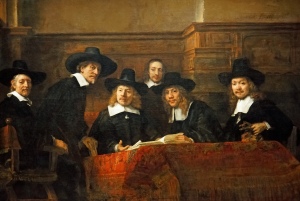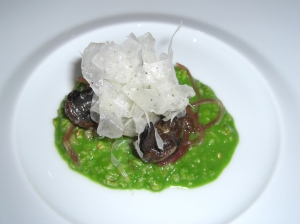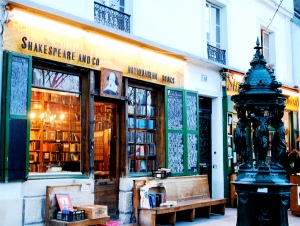#roland barthes
LITERARY THEORY: “Death of the Author” (1986) by Roland Barthes
This is one of those texts that are absolutely inescapable for literature students. Wherever you live, whichever classes you choose, at one point in your academic career you will encounter Roland Barthes’ “Death of the Author.” Whether you agree with him or not, Barthes introduced a concept that was truly revolutionary and is still a game-changing read for many first- and second-year literature students to this day.
So let’s blow some minds.
Post link
Is your consciousness created by marketing?
In our everyday life, we are brought into a world of ‘otherness’ through the induction of language other than that of our own. In particular, here, I mean the language of the product; food and drink, clothes, anything which can be marketed. Our own life contains its self within a field of language, I.E. that language which is natural for us to use and think through and with. Each field of…
The World as Object- Roland Barthes

The simple act of perception transforms the objective landscape into a human landscape. The Dutch masters have used the canvas as a metaphor for the way that we do this. Their paintings have traditionally shown a world which is utilized by the human. It has also depicted cultural divide between the patrician (the rich, who have power) and the peasant (who are subject to the power of the…
Mythologies- Barthes on… Ornamental Cookery

Modern depictions of food are concerned more with artifice and ideology than with genuine potential as food to be eaten. Food in our magazines and on television isn’t ‘real’ food. This is what Barthes concerns himself with in Ornamental Cookery. He explains how food in contemporary culture as been given an artificial reality to repackage it as a dream of smartness and sophistication.
If you open…
How we reduce our lives to symbols and narratives
A picture is about what is included in it. There is an argument to be made that the meaning of a picture is also to be found in what is omitted from the frame, but what is included needs to be seen first in order to establish what is missing. In this way, the totality of a picture’s meaning is present in virtue of its contents. This principle applies to our social world too. What we know about…
Literature is our most important cultural tool

Literature is a tool which shapes culture, and then edifies it. Creating vicarious experiences within the reader, it allows us to live the lives of others. In this way, it is also a tool which crafts us into the individuals we become. Its twofold purpose of crafting culture and individuals is a contiguous, symbiotic process. As individuals are refined by culture, such as literature, so they place…
“The portrait photograph is a closed field of forces. Four image-repertories intersect here, oppose and distort each other. In front of the lens, I am at the same time:
the one I think I am,
the one I want others to think I am,
the one the photographer thinks I am,
the one he makes use of to exhibit his art.”
I wonder how many photographers think about this when they take/make/create a photograph?
Roland Barthes

‘yanmak’, 'yakmak’, 'sönmek’ bunlar kötü fiiller. anneannem 'ışığı dinlendir’ derdi. kötü fiiller, ocağını söndürmek. 'ışığı dinlendir.. ışığı uyandır.. ’ nasıl bir gönül terbiyesiydi anneannemin ki?
selim ileri - yarın yapayalnız
sana tutunuyordum, kopardın.
ayfer tunç - dünya ağrısı
• Rhythm of Suffering
Boulder, Colorado graveyard, 1975-1978 - Francesca Woodman
“Don’t say mourning. It’s too psychoanalytic. I’m not mourning. I’m suffering.”
- Roland Barthes
Post link
We were friends and have become estranged. But this was right, and we do not want to conceal and obscure it from ourselves as if we had reason to feel ashamed. We are two ships each of which has its goal and course; our paths may cross and we may celebrate a feast together, as we did - and then the good ships rested so quietly in one harbor and one sunshine that it may have looked as if they had reached their goal and as if they had one goal. But then the mighty force of our tasks drove us apart again into different seas and sunny zones, and perhaps we shall never see each other again; perhaps we shall meet again but fail to recognize each other: our exposure to different seas and suns has changed us.
Roland Barthes
Most of Barthes I find quite accessible: he uses imagery and I can understand. But right now, there is a sentence in “Soap-Powders and Detergents” that I have read FOUR TIMES and cannot understand.
Barthes, you’re making me crazy.

yas günlüğü, roland barthes.
Hey girl,
I’m live-tweeting the joint NCPH/OAH Annual Meeting right now and the rest of the weekend, so come find me on Twitter at @PHryangosling.
Post link







